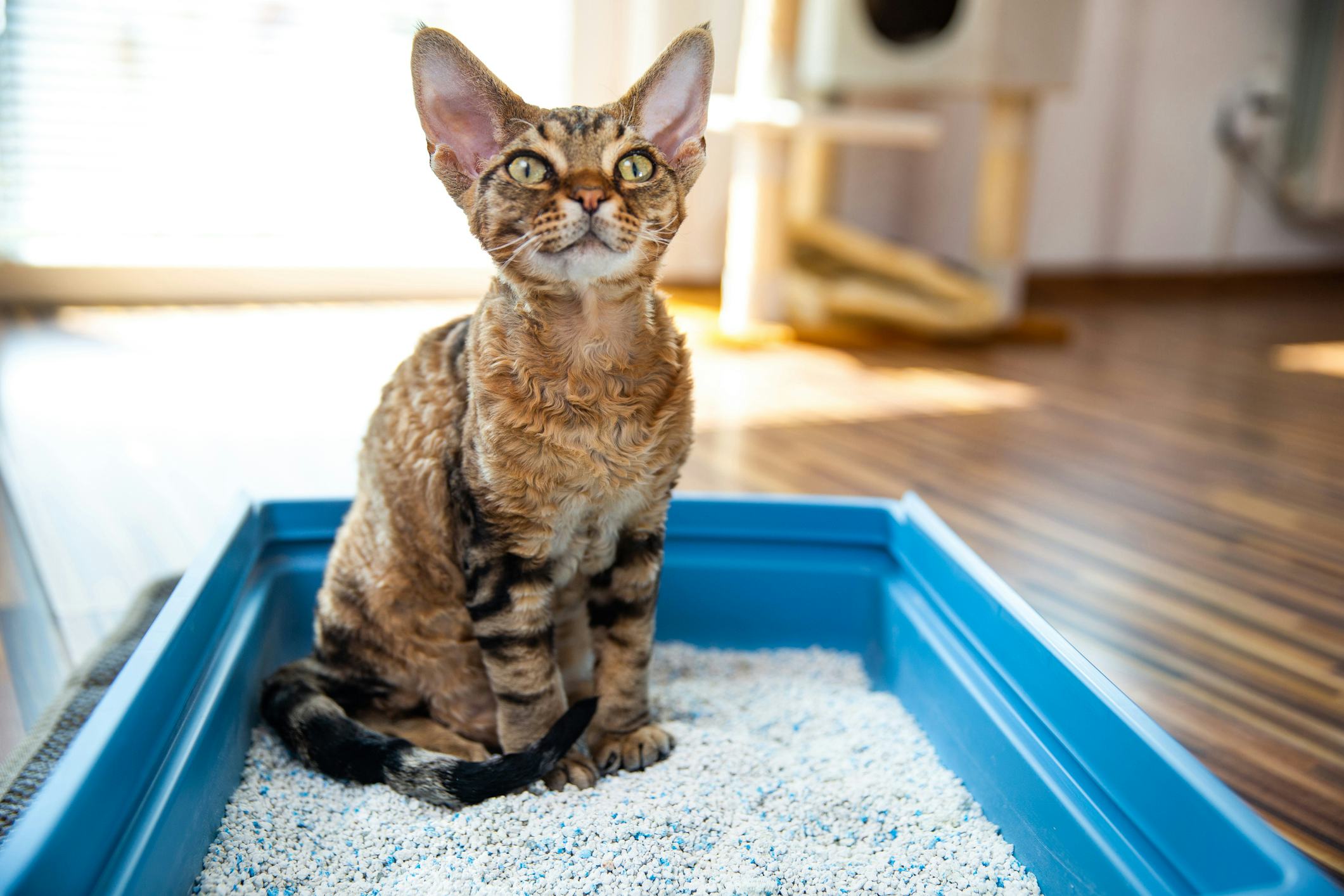The Consequences of Flushing Cat Poop Down Your Toilet - Protect Your Plumbing
The Consequences of Flushing Cat Poop Down Your Toilet - Protect Your Plumbing
Blog Article
They are making several great pointers on the subject of Don’t flush cat feces down the toilet in general in the content in the next paragraphs.

Intro
As cat proprietors, it's essential to bear in mind just how we dispose of our feline pals' waste. While it may appear convenient to purge pet cat poop down the bathroom, this technique can have harmful effects for both the environment and human health and wellness.
Ecological Impact
Purging cat poop introduces dangerous pathogens and parasites into the water system, posturing a substantial threat to aquatic communities. These pollutants can negatively impact marine life and compromise water quality.
Wellness Risks
Along with ecological worries, flushing cat waste can also posture wellness dangers to people. Cat feces might consist of Toxoplasma gondii, a parasite that can create toxoplasmosis-- a possibly severe ailment, especially for pregnant females and individuals with damaged immune systems.
Alternatives to Flushing
The good news is, there are much safer and more responsible means to deal with cat poop. Think about the adhering to alternatives:
1. Scoop and Dispose in Trash
One of the most usual approach of disposing of cat poop is to scoop it right into a naturally degradable bag and throw it in the trash. Make sure to utilize a devoted clutter inside story and throw away the waste promptly.
2. Use Biodegradable Litter
Choose naturally degradable feline trash made from materials such as corn or wheat. These litters are environmentally friendly and can be securely disposed of in the garbage.
3. Hide in the Yard
If you have a lawn, think about burying pet cat waste in an assigned area far from vegetable yards and water resources. Make certain to dig deep adequate to prevent contamination of groundwater.
4. Install a Pet Waste Disposal System
Invest in a family pet waste disposal system specifically developed for feline waste. These systems utilize enzymes to break down the waste, minimizing odor and environmental impact.
Final thought
Liable animal possession expands beyond offering food and sanctuary-- it additionally involves appropriate waste administration. By avoiding purging pet cat poop down the toilet and choosing different disposal approaches, we can decrease our ecological impact and secure human health.
Why You Should NEVER Flush Cat Poop (and/or Litter) Down Your Toilet
The Problem with Litter
The main function of litter is to solidify and adhere to your cat’s waste. While this makes litter excellent for collecting cat poop and urine, it’s also the exact property that makes it a nightmare when flushed down the toilet.
Cat litter can and will clog pipes. There is non-clumping litter, but it’s still quite heavy and can build up in pipes. This is true even of supposed “flushable litter.”
The problems only compound when the litter is already clumped into cat waste. Toilet paper is among the more flushable things, and even too much of that will clog a toilet.
The Problem with Cat Poop
Sewers and septic systems are designed with human waste in mind. The microbes that help break down human waste don’t work on cat waste. Additionally, cat poop plays host to the parasite Toxoplasma gondii.
When flushed, this parasite can enter the environment in places it was never meant to, posing a risk to pregnant women, their unborn children, and other people with compromised immune systems. While it might not seem possible, flushing cat poop can indeed introduce this parasite to the public water supply.
These reasons are why, even if you’ve trained your cat to go on the toilet and flush, which is possible, it’s still not a good idea. Also, pregnant women and the immunocompromised shouldn’t change litter, either.
How to Handle Litter
The best way to handle litter is to simply put it in a plastic bag and place it in the trash. Avoiding environmental risks and possible plumbing damage is worth the extra effort.
You can also invest in devices that seal away your cat’s waste in a separate compartment, so you don’t have to change the litter nearly as often. They’re also safer for pet owners because they limit the possibility of Toxoplasma gondii exposure.
Disposing of litter the old-fashioned way will ensure you won’t have to worry about any issues that flushing the waste can potentially cause.
Take Care of Clogged Pipes with Stephens Plumbing, Heating & Air Conditioning
The reasons you should never flush cat poop down your toilet are numerous, but sometimes the inevitable happens despite your best efforts.
Stephens Plumbing, Heating & Air Conditioning is ready to help if you’re experiencing litter-blocked plumbing. Whether you need us in an emergency or want to schedule regular maintenance, we’re here for you.
https://www.stephensplumbing.net/bathroom-plumbing/never-flush-cat-poop-down-your-toilet/

Do you really like more info about Don’t flush cat feces down the toilet? Try leaving a remark down the page. We will be pleased to know your ideas about this blog posting. In hopes that you visit us again in the near future. Are you aware of someone else who is involved in the niche? Do not hesitate to promote it. We take joy in reading our article about Don’t flush cat feces down the toilet.
Request Your Service Report this page